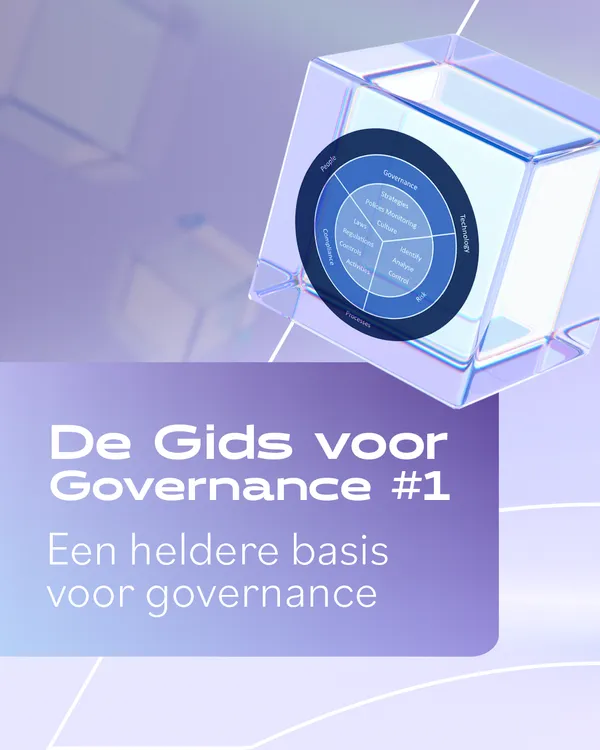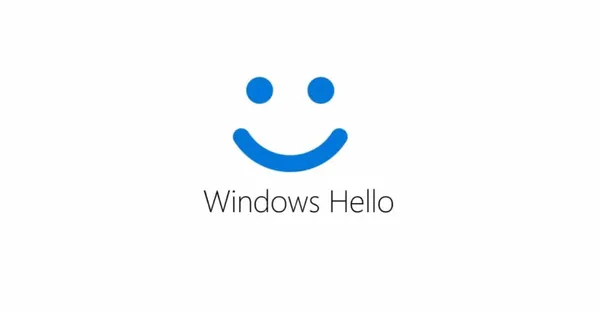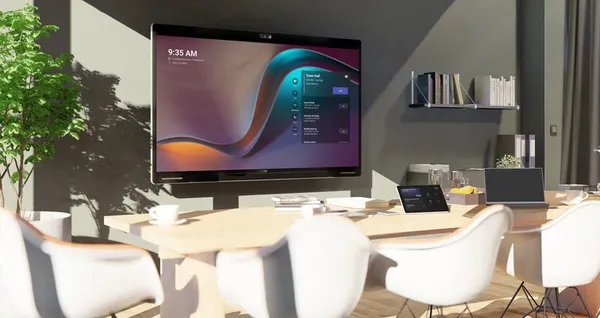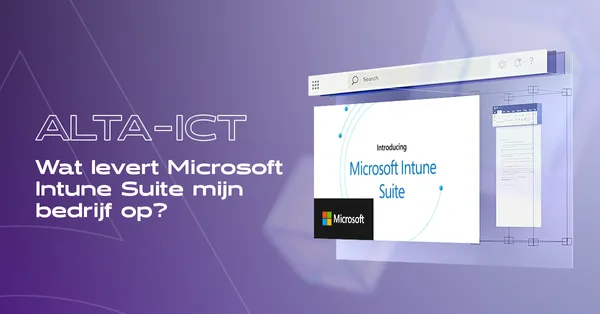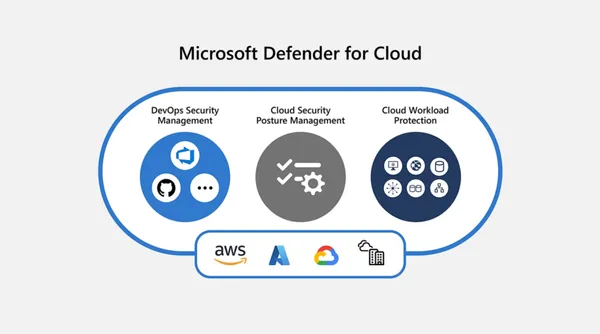
Knowledge base
March 18, 2022
Public preview of Microsoft Teams Connect shared channels
Message Summary
Teams Connect shared channels will roll out to public preview in the coming weeks. Shared Channels is a new channel type, in addition to the existing standard and private channel types. Shared channels enable users to collaborate seamlessly with internal and external partners beyond the boundaries of a team.
Invite individuals or entire teams to a shared channel. These can come from your organization or from a third-party Azure AD organization. Once added to a shared channel, external users can access the channel directly from their Teams account without having to switch organizations. External collaboration is disabled by default.
This message is associated with Microsoft 365 Roadmap ID 70766
When this will happen:
We will start rolling this out in late March and expect to be ready by early April.
How this affects your organization:
Shared channels are rolling out as part of the Teams public preview program. Team owners who are enrolled in the Teams public preview program will see shared channels as an additional channel type during channel creation. They can share the channel with anyone in the tenant.

Learn more about shared channels at Seamless Remote Collaboration with Shared Teams Connect Channels
Important captions
- Each shared channel is supported by a dedicated SharePoint site collection. We’ve improved the SharePoint administration experience to help you better manage site collections associated with shared and private channels.
- Shared channels support both now and scheduled meetings, making it easy to bring the team together.
- Shared channels support tabs and connectors. Support for bots, message extensions and LOB apps support in the works.
- Graph APIs and PowerShell cmdlets have been updated to support shared channels.
- Shared channels support a full range of Microsoft 365 information security capabilities: eDiscovery, legal hold, information barriers, retention, DLP, audit logs, and communications compliance.
Remote collaboration in shared channels is powered by Azure AD B2B direct connect, a new way to collaborate with other Azure AD organizations. With B2B Direct Connect, you don’t need to add the external user as a guest in your organization. The multi-tenant access policy allows administrators to connect B2B directly for their organization. A shared channel can be shared with as many organizations as can be specified in the Azure AD multi-tenant access policy. External collaboration is disabled by default.

What to do to prepare:
You can participate in the public preview of shared channels by enrolling in the Teams public preview program
If you’re already part of the Teams public preview program, you don’t need to do anything. You may want to consider updating your public preview user training; informing your helpdesk; and updating your user-level policies around creating shared channels.
You can manage shared channels and external collaboration for your organization through policies managed through the Teams admin center or through PowerShell (New-CsTeamsChannelsPolicy). †
- Who can create shared channels ( -AllowSharedChannelCreation )
- Who can invite external users to a shared channel ( –AllowChannelSharingToExternalUser )
- Who can join an external shared channel ( -AllowUserToParticipateInExternalSharedChannel )
Source: bvoip
Want to know more?

Related
blogs
Tech Updates: Microsoft 365, Azure, Cybersecurity & AI – Weekly in Your Mailbox.

